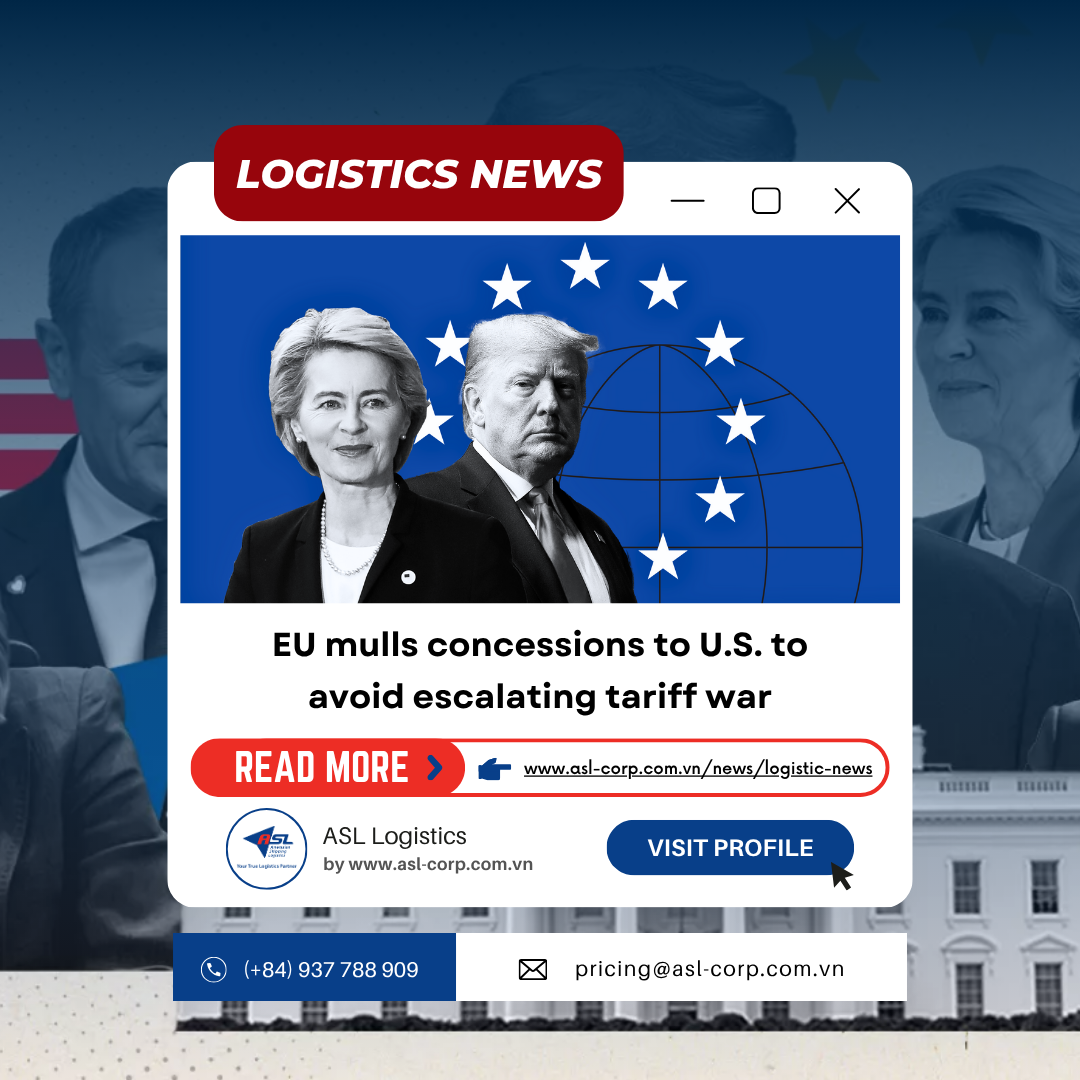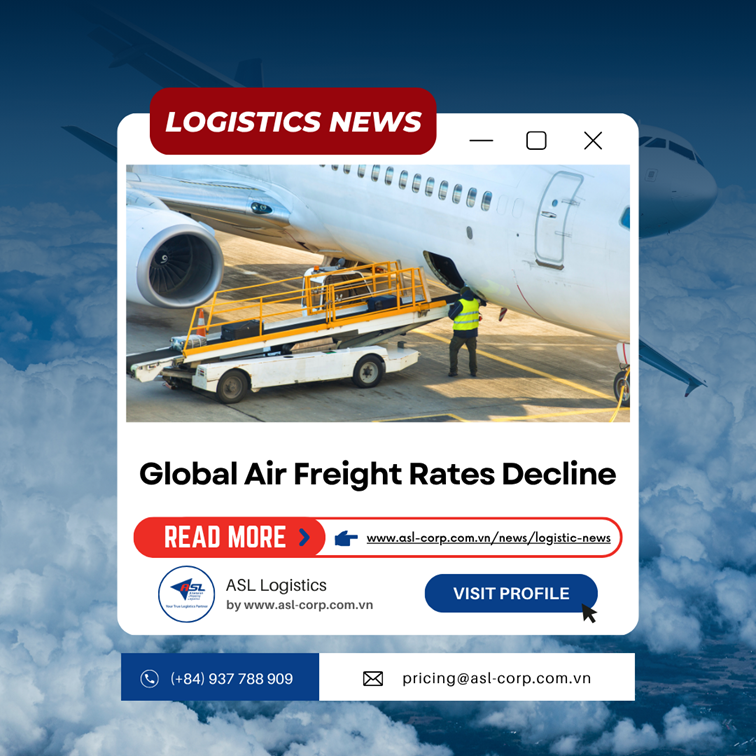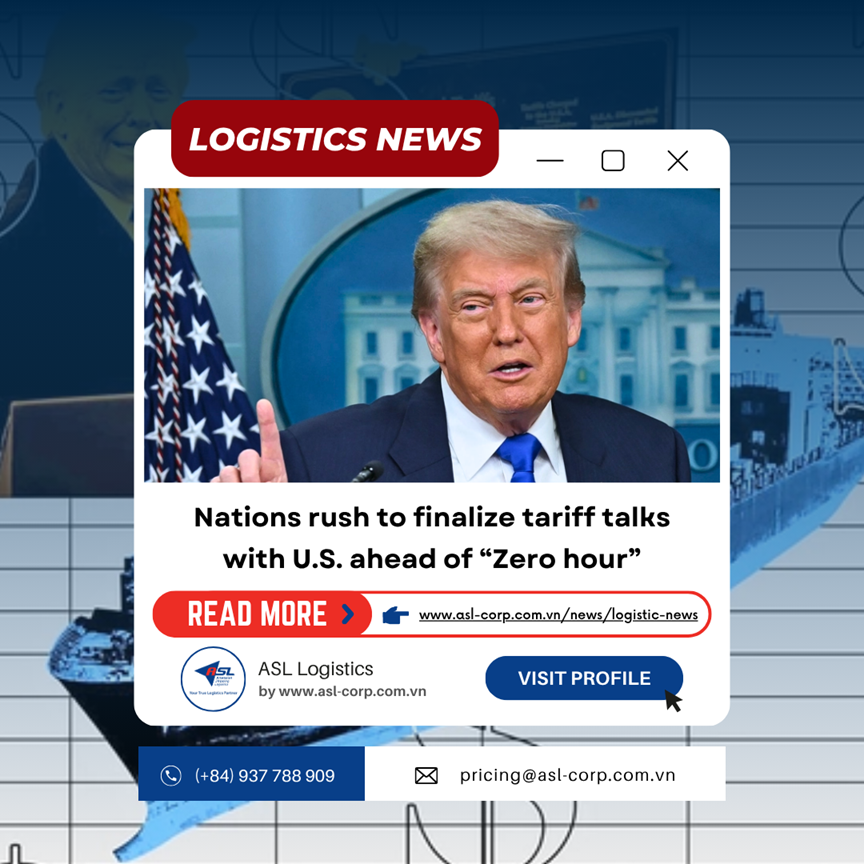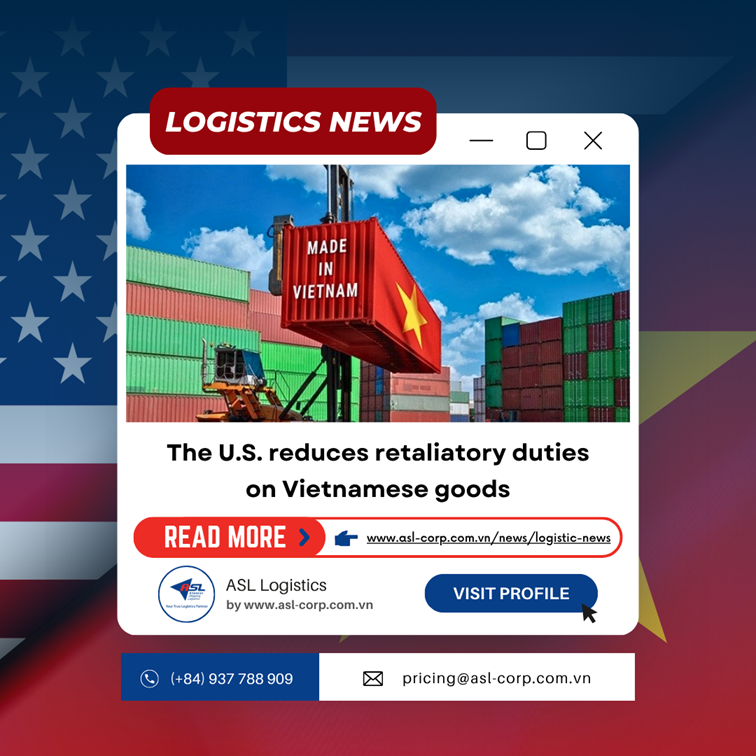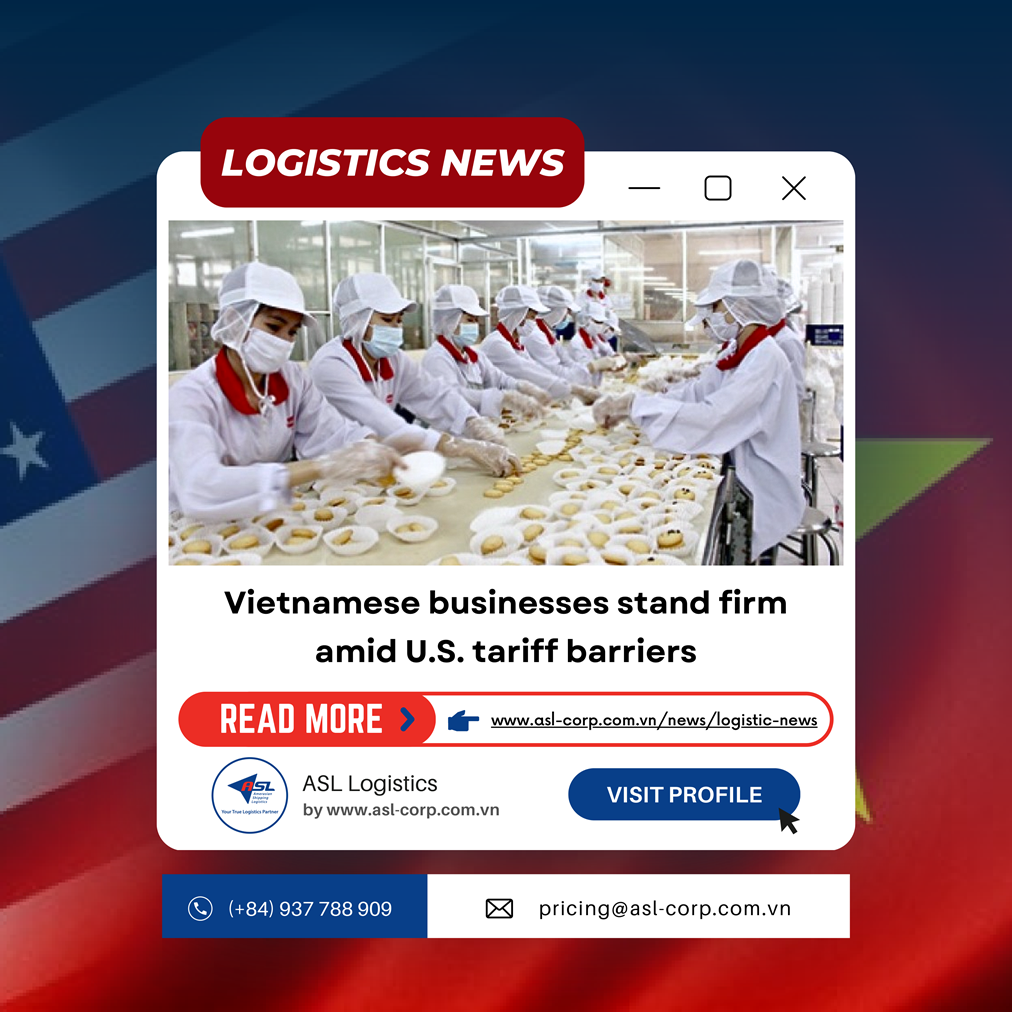Logistic News
EAST COAST CONFLICT EASES AS STRIKE BACKUP IS RESOLVED
17 October 2024
Congestion at US East Coast ports is easing following the ILA strike, while trans-Pacific ocean and air freight rates remain high, Freightos reports.
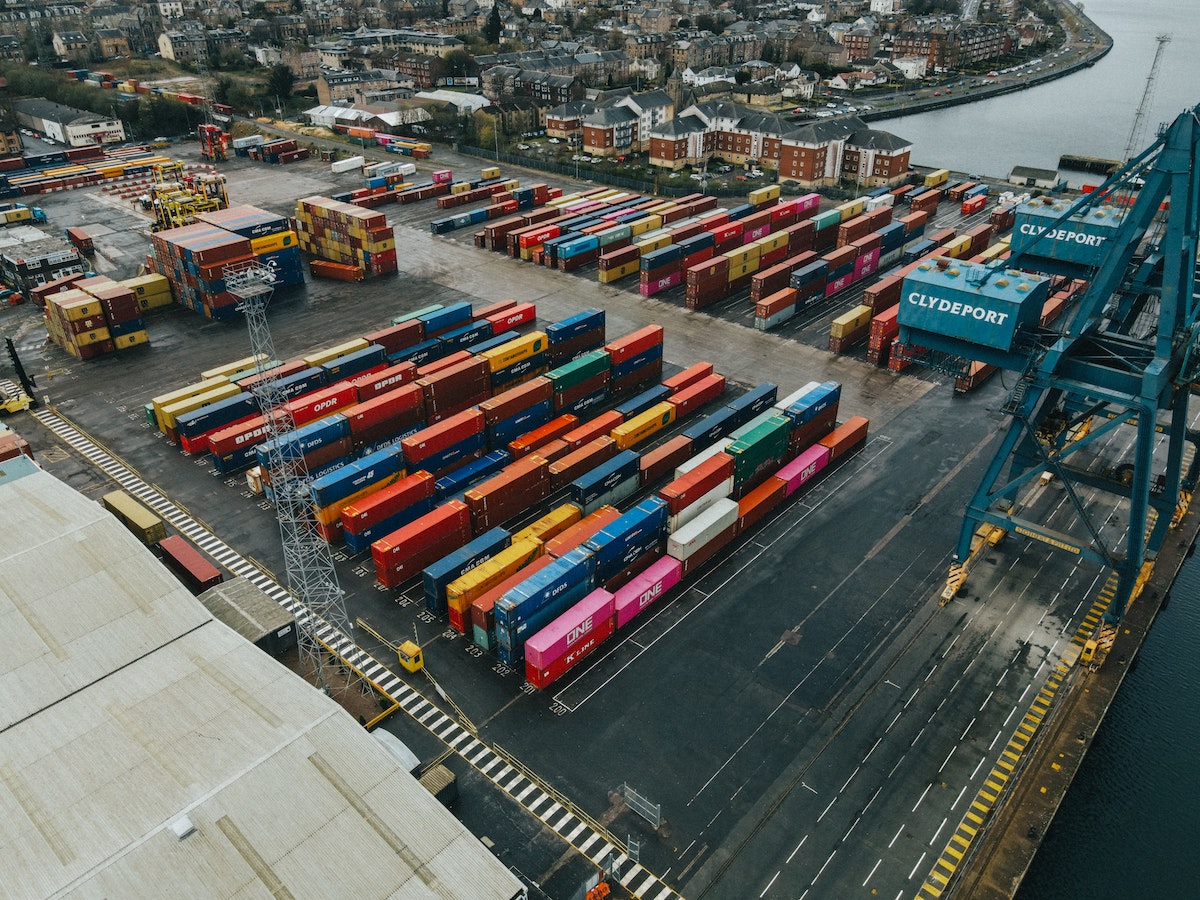
Port of New York & New Jersey
Hurricane Milton battered Florida’s west coast last week. Power outages forced the Port of Tampa Bay to close until Monday, while ports in Miami and Jacksonville were back online before the end of the week.
The port of Savannah, which is still dealing with backlogs from Hurricane Helene in September, will need another two weeks to fully restore traffic as a three-day ILA strike has increased the number of vessels waiting. Vessels are waiting more than two days for a slot in Savannah, with other major East Coast ports reporting wait times of one to four days at some berths due to the strike, suggesting significant but not catastrophic congestion as the backlog clears.
Some carriers have announced blank sailings to deal with the congestion, but may also be adjusting capacity to accommodate lower volumes after the peak season.
Trans-Pacific rates are now 30% below their July peaks, and with the peak season ending early, we should expect rates to continue to fall. Rates of $5,500/FEU to the West Coast and $6,700/FEU to the East Coast are still several thousand dollars above normal levels even for the peak season, and are also about $1,000/FEU above the Red Sea-adjusted floor reached in April. As long as the Red Sea diversion continues to take up industry capacity, rates are unlikely to fall much further than they were in April.
Asia-Europe and Mediterranean trades – which, due to longer transit times for vessels sailing around the Cape of Good Hope, must move peak season cargo out of Asia ahead of Golden Week to get cargo in time for Q4 consumer events – appear to be in much weaker demand than the trans-Pacific. Rates on these routes fell further last week and were around $3,600/FEU to Europe and $4,000/FEU to the Mediterranean, almost at April levels.
In air freight, Freightos Air Index data shows that trans-Pacific air freight rates, which rose to $7.07/kg with some sea-to-air switching at the start of the ILA strike, fell back to $5.43/kg last week. But even at $5-6/kg, rates are still well above normal levels even ahead of the Q4 peak season for air freight as e-commerce volumes from China continue to surge.
The import of low-cost goods directly to consumers via high-cost air freight is largely facilitated by the de minimis exception, which exempts small imports from customs duties and stringent and costly declaration requirements.
In September, the White House announced plans to significantly reduce access to the “de minimis” exemption [meaning “too small to bother,” which allows packages worth less than $800 to enter the US duty-free], with a primary target being e-commerce imports from China.
Actual rule changes are a long way off, and final versions could be quite different from those proposed. With no action since September, e-commerce air freight volumes are expected to increase along with other types of goods in the coming months and into early December, making space more crowded and pushing freight rates higher.
However, if significant changes to the “de minimis” exemption are ultimately adopted, they could lead to a change in strategy by e-commerce platforms like Temu and Shein, and a potential shift away from or reduction in the use of air freight for these types of goods.
Source: ContainerNews/Freightos

Head Office
ASL Hồ Chí Minh
Số 31/34A Ung Văn Khiêm, Phường Thạnh Mỹ Tây, TP. Hồ Chí Minh, Việt Nam
 Công Ty Cổ Phần Giao Nhận Vận Tải Mỹ Á
Công Ty Cổ Phần Giao Nhận Vận Tải Mỹ Á
 (+84)28 3512 9759
(+84)28 3512 9759
 (+84)28 3512 9758
(+84)28 3512 9758
 pricing@asl-corp.com.vn
pricing@asl-corp.com.vn
 mdirector@asl-corp.com.vn
mdirector@asl-corp.com.vn
 www.asl-corp.com.vn
www.asl-corp.com.vn
LOGISTICS SERVICES









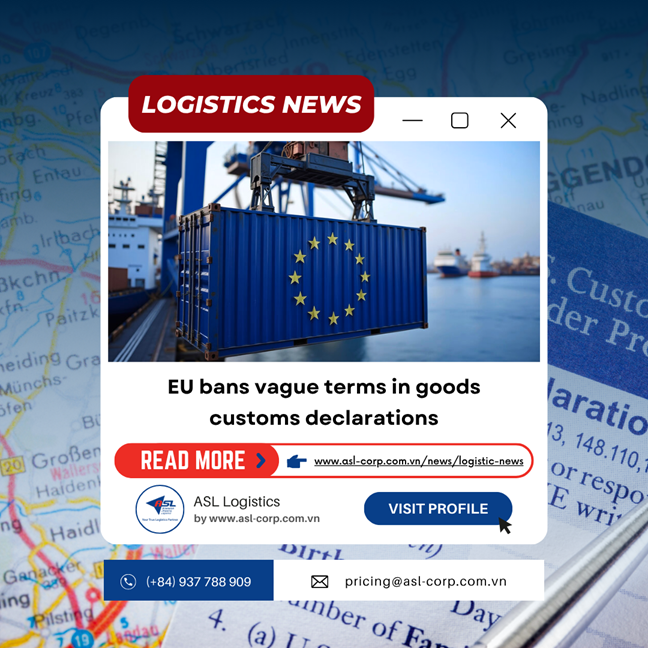
.png)
.png)

.png)
